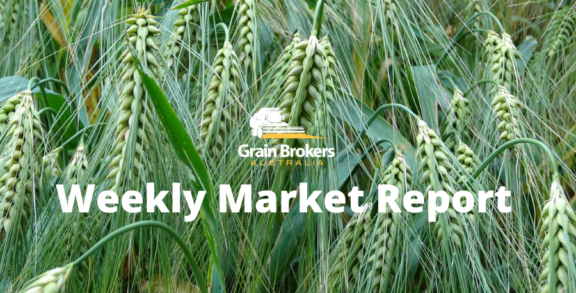Could the end of the Russian and Ukraine conflict be close? With stricter economic sanctions being placed on Russia the question will be is this going to impact grain flow and if so how much? As the tension between Russia and the Ukraine rises with the devastating events of last week, grain prices continue to fluctuate. In the past when a geopolitical event has escalated the markets have brushed it off and moved to higher ground. However Sunday night opening of trade saw markets fall on the lack of grain interruptions in the Black Sea region.
With both corn and wheat markets falling to four year lows last week, wheat markets responded to the tensions quickly and strongly, with CBOT Dec14 up 11.5 USc/bu Thursday (17/7/14) night to 573.50 USc/bu. Interestingly immediately after news of the crash CBOT wheat was 20 USc/bu higher but then fell away from the high as traders refocused on the bearish tone of the market with large global crop expectations.
The market is currently trading with an expectation of a large crop from Russia and exports close to 19.5Mt (USDA estimate). If export sanctions are placed upon Russia, this will have a significant impact on the global wheat market as Russia is the fifth largest exporter of wheat. Black Sea wheat is currently winning recent export business with a bid last week being offered at $35 cheaper than Aussie wheat.
The risk of escalating conflict between Russia and the Ukraine has just as much likelihood of effecting the grain market much like it did back in March, where it pushed prices to this seasons highs. Currently speculators in CBOT wheat futures are holding historically large net short positions, meaning they are expecting the market to continue to drop however they will lose money if the market rallies. Therefore if they are nervous about sanctions to Russia we could see them quickly buy back some of this exposure.
With wheat fundamentals bearish at this point in time an escalating geopolitical issue could turn the market suddenly. With current domestic markets resilience throughout the recent international sell off domestic prices may spike causing possible quick domestic selling, resulting in falling prices once more. Keep a close eye on markets to catch when Aussie wheat will potentially rise.
Kirsten Ross





